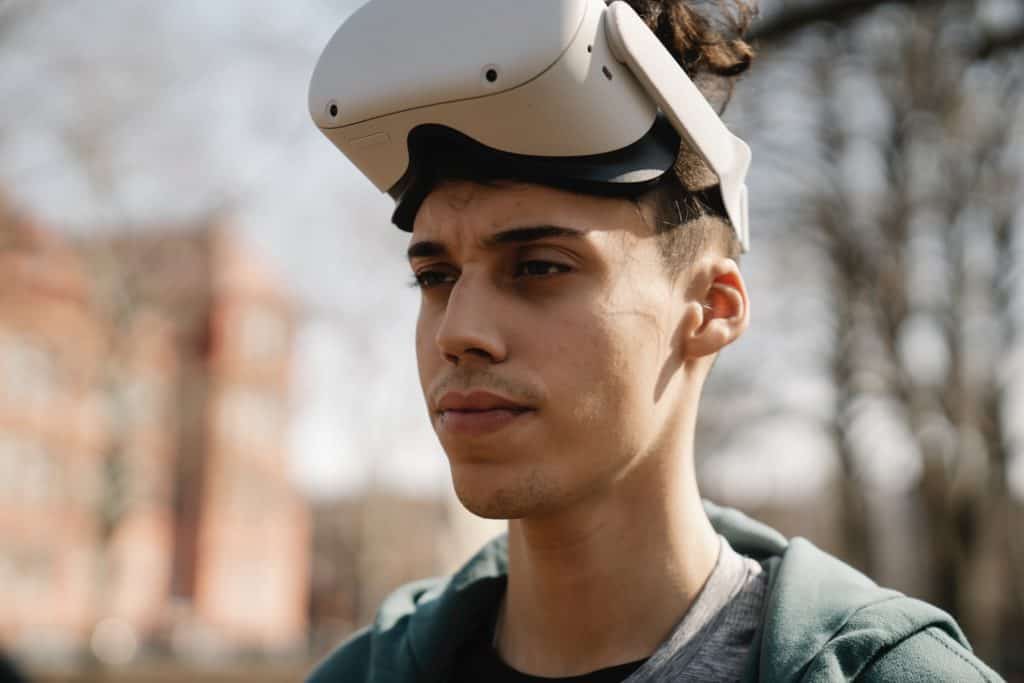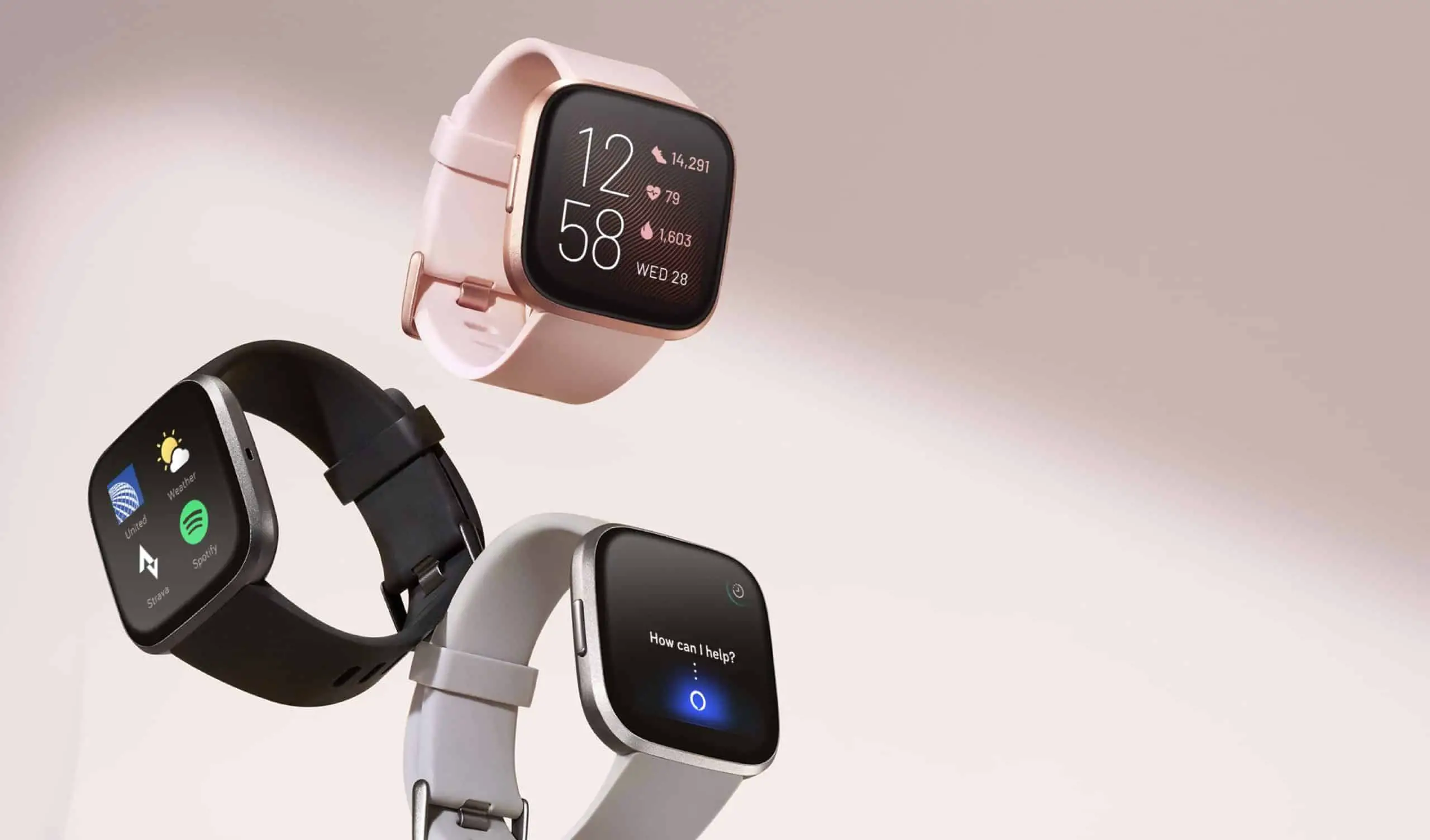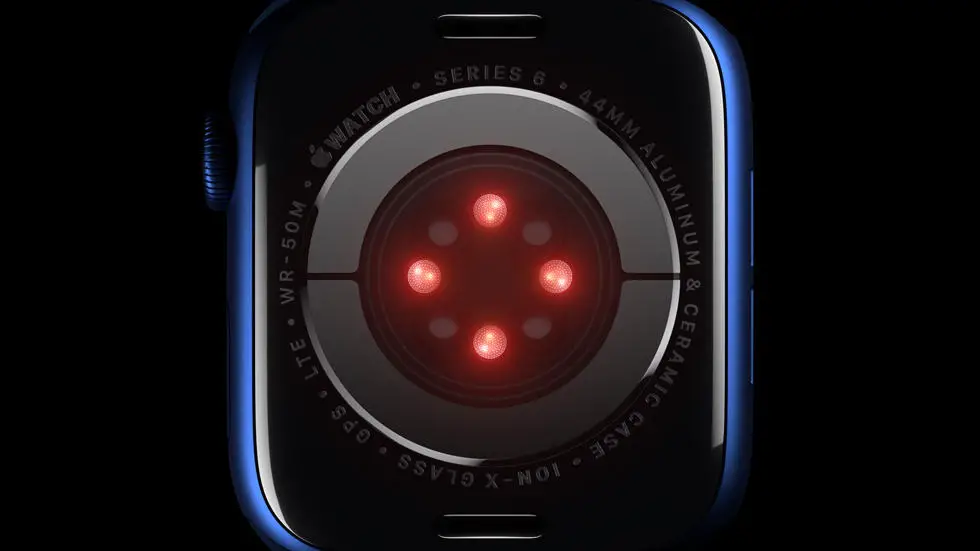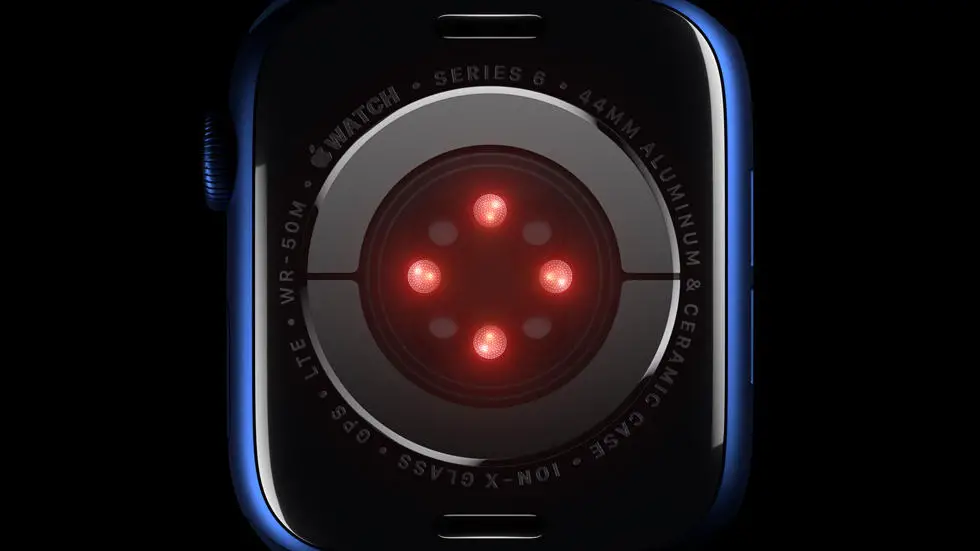Virtual reality (VR) technology has the potential to transmit us to sci-fi battlegrounds, aquatic environments, outer space, and other locations. Because of the abundance of new games, apps, and headgear that provide a fascinating three-dimensional (3D) experience for customers, more families are embracing virtual reality technology (VR). However, how do virtual reality goggles affect the eyes? Despite the lack of long-term study, a few facts concerning the technology exist. Here’s How you can avoid having VR eye strain.
What Is A VR Headset?
Virtual reality headsets are devices that allow users to immerse themselves in a virtual environment. Wearing a headset that covers one’s eyes, as the name suggests, allows users to experience a different world.
Virtual reality headsets replace the user’s natural surroundings with virtual reality material, such as a movie, a game, or a preset 360-degree VR environment that enables the user to turn and gaze about, much as in the actual world. That’s pretty cool, huh?
Immersive, 3D Images:
Virtual reality headsets produce a life-size, three-dimensional virtual experience that is not limited by the constraints of a screen. For us to detect depth, they replicate the way our eyes currently operate by presenting each eye with a slightly different picture.
VR headsets may employ two feeds given to a single display or two LCD screens, one for each eye, to show information. You may also shield your eyes from the light by putting lenses between the pixels and your eyes.
Stereoscopic 3D images may see thanks to the lenses, which focus and reshape the image for each eye individually. Virtual reality headsets give a wider field of vision (width of the image), which helps to create a more immersive experience.
Additionally, the headsets make use of “head tracking,” which shifts the image in front of you when you move your head up, down, and side to side while wearing the device.
Why Virtual Reality?
While we will go into further depth on the applications of virtual reality in the real world later in this piece, here is a fast overview:
Entertainment-Extension Of Established Platforms:
Virtual Reality, in the form of virtual worlds on your computer screen, has already been implemented to some extent. In particular, “Second Life” is becoming more popular as a virtual world in which users may design their settings, social conventions, and physical appearance while still having the ability to establish a “reality” in that world.
Education
Virtual Reality is also making its way from the realm of entertainment into the realm of educational situations. The pressure comes from the delicate balance of learning from rote memorization and theoretical comprehension into a digested sense-perception.
Students may obtain the most valuable experience in a virtual setting since it is the closest thing they can come to real-world experience.
For example, virtual reality (VR) is being aggressively promoted in the medical sciences because of its capacity to lessen the danger to surgical students when they are learning about operation techniques. Virtual reality has progressed to the point where it can simulate tactile force and “touch,” allowing students to have a more authentic sensation while participating in a virtual treatment.
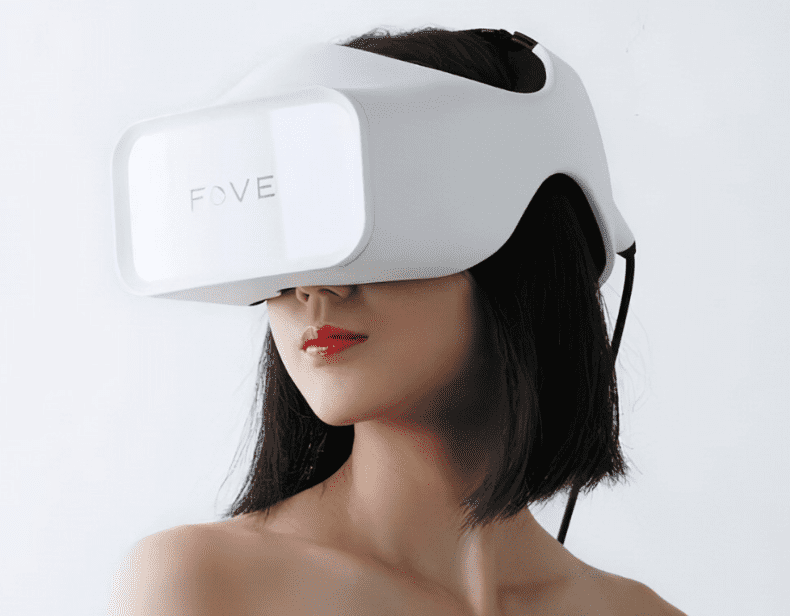
Rehabilitation:
Virtual reality therapies may use to assist those who have lost their motor skills in their physical therapy. For example, impairments induced by a traumatic brain injury may limit one’s ability to perform basic gross and fine motor skills.
Virtual Reality has aided the reactivation of brain regions important for retraining cognitive impairments in physical recovery. Although this can accomplish in person, the recording process may be more precise when Virtual Reality uses.
The Dark Side Of Virtual Reality:
We’ve covered what Virtual Reality is, how it’s currently being utilized, and why so many people believe it has the potential to be a positive force in the world.
Although Virtual Reality is exciting and opens up new paths for entertainment, learning, and health that were previously unavailable, every extra advantage accompanies by a corresponding shortcoming in another element of the experience.
This post will elaborate on some of these drawbacks since negative consequences are seldom discussed and are sometimes overlooked in the rush to achieve momentum with this new technological advancement.
There are several adverse effects associated with the usage of virtual reality, some of which are immediate and reason for more worry, while others have yet to see.
Some of the implications affect both physical and mental health. The impacts on human development and, among other things, the maintenance or inhibition of sensory homeostasis are both still being studied.
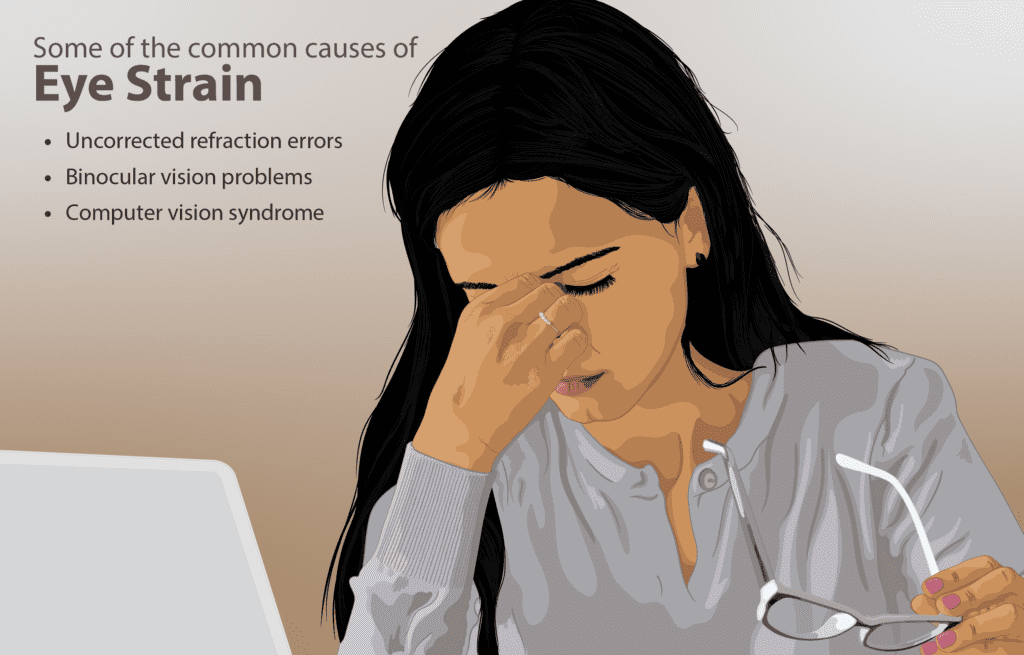
How to prevent VR Eye Strain
There are a few things you can do to prevent VR eye strain.
- First, take breaks often when using VR headsets.
- Second, adjust the headsets so that they fit snugly and comfortably on your head.
- Third, use VR headsets that have built-in eye tracking, which will help reduce eye strain.
- Finally, make sure that the lenses of the VR headset are clean and free of scratches.
If you think you are having an eye strain related problem, then stop using your VR headsets for a couple of hours and let your eyes rest.
Side Effects Of Virtual Reality On Eyes:
Using virtual reality headsets may result in eye strain, discomfort, tiredness, and impaired vision. Gazing at a virtual reality screen for an extended period might cause eye strain or weariness.
Why? Because we blink less while using a device with a digital screen than we do when using a traditional device, we may experience eye strain or tiredness. Furthermore, the difference between virtual and perceived depth causes eye strain in users of virtual reality headsets.
Eye-related concerns include virtual reality headsets’ visual motion sickness. Additionally, these symptoms of so-called “cybersickness” could cause a person to have difficulties focusing and staying awake.
Visually induced motion sickness remains a barrier to the general acceptance and commercial development of technology connected with [VR headsets],” including virtual reality headsets.
Children, women, and persons with unstable posture, flaws in their field of vision, or a history of motion sickness, according to the study, may be more sensitive to cybersickness, which is a kind of motion sickness. Although virtual reality allows us to see places and things we would never see in the real world, it has no long-term effects on our eyesight or poses a major threat to our eyes.
Moderation is key in preventing VR Eye Strain
Moderation, on the other hand, is essential. It has been shown that increased screen time, including time spent using virtual reality headsets, is associated with digital eye strain since we blink our eyes at a rate that is half that of when we should while gazing at displays.
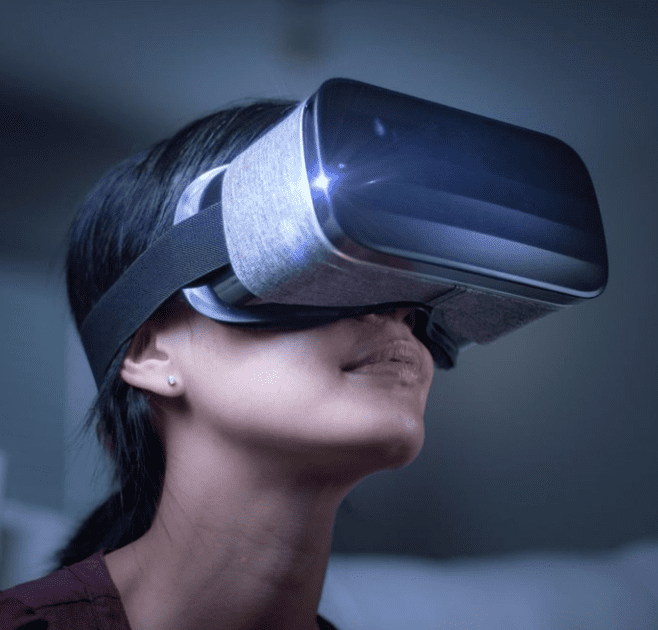
When this happens over time, it may result in many symptoms such as dry and weary eyes. As we continue to discover new methods to amuse ourselves while working and living at home, it is essential to remember to maintain a healthy balance between screen time and non-digital activities in our lives.
It’s also vital to remember the 20-20-20 rule: every 20 minutes, take a 20-second look at anything that’s 20 feet away from you for 20 seconds.
Although virtual reality has not been proved to cause any visual difficulties, those who have amblyopia (“lazy eye”) or strabismus (“wandering eye”) may not be able to fully appreciate the 3D graphics or films in VR.
As a result, those suffering from these diseases who attempt to wear virtual reality headsets may feel eye fatigue more quickly than others, as their eyes try to compensate for the absence of depth perception.
Finally, although some VR headsets are big enough to fit a pair of glasses (and not all are), wearing a pair of glasses for an extended amount of time is sometimes unpleasant.
Myopia (nearsightedness), hyperopia (farsightedness), and astigmatism all need the use of corrective glasses for the VR experience. The VR experience will require corrective glasses if you don’t typically do so.
VR Side Effects: How Long Can We Spend In Virtual Reality?
After reading the VR’s adverse side effects and negative consequences, you are undoubtedly wondering how long you should spend immersed in virtual reality. That’s a tricky issue to answer objectively, to say the least.
Virtual reality headsets, computers, and software all have a role in determining how long a person may stay in the virtual world. Therefore, there are too many variables to identify an exact and universal maximum time.
Using virtual reality for too long without taking a break is strongly discouraged. Even if you do not perceive yourself to be suffering from the negative consequences at the time, considerably more severe side effects may manifest themselves in the long run.

